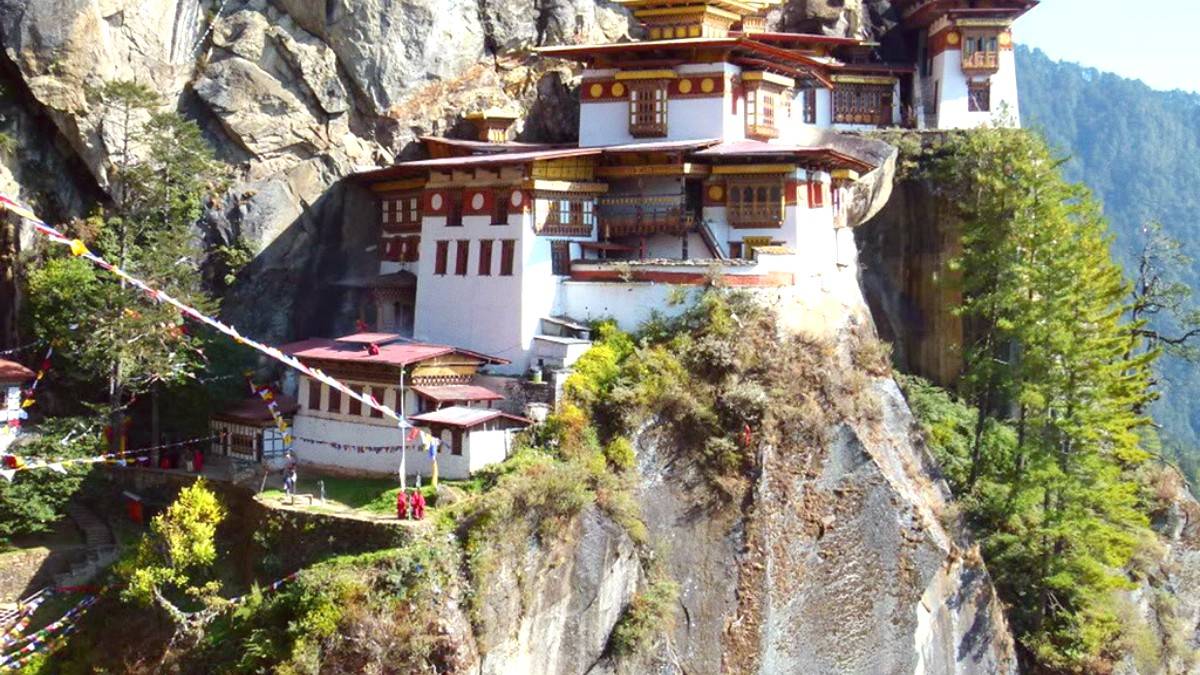
Northeast States, India
Kohima War Cemetery: A poignant memorial in Kohima, honoring soldiers of the British Empire's 2nd Division who died in the Battle of Kohima during World War II. The cemetery is well-maintained with individual bronze plaques. The Battle of Kohima (April-June 1944) represented a turning point in World War II in the Eastern Theatre. It successfully halted the Japanese invasion of India. The cemetery serves as a powerful reminder of the sacrifices.
Nagaland State Museum, Kohima: This museum gives a comprehensive overview of the rich culture, traditions, and history of the Naga tribes. Its collections include artifacts, traditional costumes, weapons, jewelry, musical instruments, and dioramas depicting tribal life. The museum presents invaluable context for grasping the diversity and heritage of the Naga people, making it a valuable first stop.
These cultural institutions showcase Nagaland's rich heritage.
The most significant memorial site, honoring World War II sacrifices.
Within Kisama Heritage Village, dedicated to the Battle of Kohima, highlighting the Naga people's role during the conflict.
The Battle of Kohima forms the core of Nagaland's military heritage. Sites like Garrison Hill, Kuki Dole, and the War Cemetery are directly linked to intense fighting.
This brings a tangible connection to this historical conflict.
Nagaland's history goes beyond World War II, encompassing ancient kingdoms and traditional village life.
Nagaland's untouched landscapes present stunning natural beauty, from valleys to high peaks and wildlife habitats.
A sacred mountain peak near Kohima, known for diverse flora and fauna. A popular spot for trekking and birdwatching.
A smaller garden near the State Museum, demonstrating local plant species. A pleasant, quiet space for a short visit.
The highest peak in Nagaland (3,841 meters), on the Myanmar border. A challenging trekking destination with panoramic views.
The second highest peak, near Kohima. Known for harboring the tallest rhododendron tree. Trekking offers stunning sunrise views.
The most significant body of water, attracting migratory birds, especially Amur Falcons (Oct-Nov). Scenic views and birdwatching opportunities.
Rolling hills and valleys shaped by the collision of Indian and Eurasian tectonic plates over millions of years, creating dramatic terrain.
Intanki National Park (Peren): Home to hoolock gibbon, golden langur, barking deer, and occasionally tigers and elephants. Access can be challenging, often needing permits.
Fakim Wildlife Sanctuary (Kiphire): Known for diverse birdlife and species like tiger, leopard, and hoolock gibbon. Sightings of larger animals call for patience and a local guide.
Nagaland is landlocked, with no coastal beaches. Doyang Hydro Project Reservoir is the most significant body of water, an important ecological site for migratory birds.
Dzoukou Valley: Revered by locals, often called the "Valley of Flowers of the Northeast." It holds spiritual significance, representing nature's untouched splendor.
Beyond the well-known attractions, Nagaland holds many lesser-known treasures, giving insights into its culture and nature.
Local favorites rarely visited by tourists include many remote villages, presenting profoundly authentic experiences. These villages require local guidance and an adventurous travel spirit. You will find untouched traditions and genuine hospitality.
Explore these unique cultural and natural sites.
Discover new destinations and capture unique moments.
Known as the "first green village of India."
This village presents a peaceful and educational experience.
Beyond Doyang, the district holds natural beauty.
Offers stunning natural beauty away from crowds.
Especially in Khonoma and surrounding Angami villages.
A visual treat for any traveler.
Focuses on ethnography of Naga tribes, a comprehensive introduction to their culture.
dive into anthropological aspects of Naga society, social structures and beliefs.
Main cultural center, hosting Hornbill Festival, with permanent tribal morung showcases.
Nagaland's historical depth and natural wonders offer endless discovery. From wartime memorials to pristine valleys, each site tells a story.
Engage with local guides for richer narratives and access to hidden paths. Always respect local customs and nature's untouched beauty.